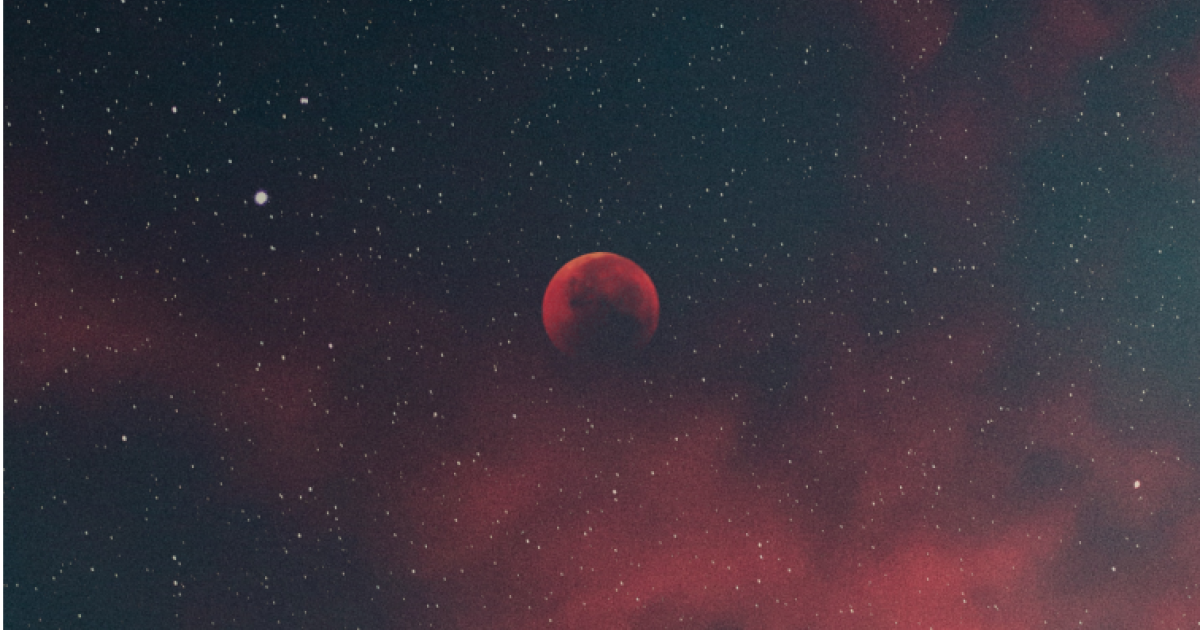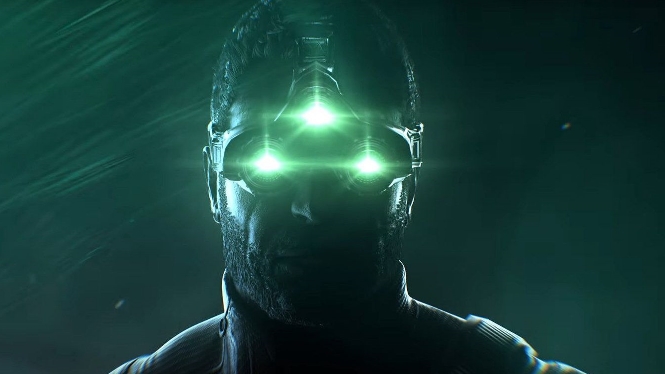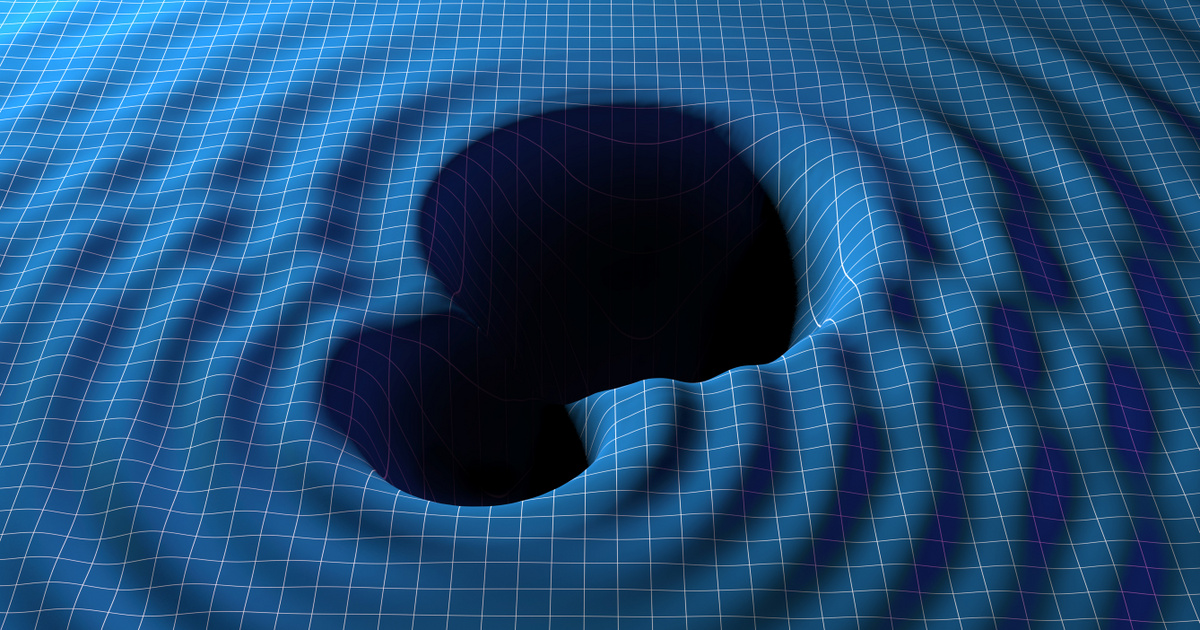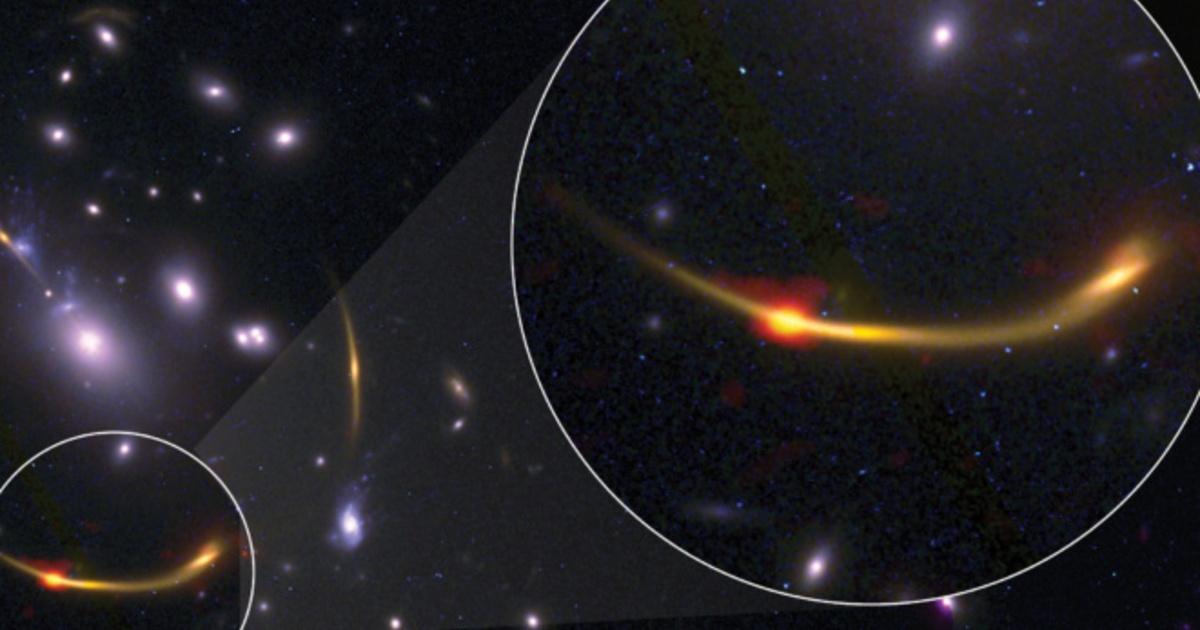The Hubble Space Telescope has discovered six mysterious, lifeless galaxies. 2-3 billion years after the creation of the universe, the largest galaxies have lost and never regained the hydrogen they need to form stars. Not only the discovery itself, but also its technical realization is a scientific breakthrough.
At this point, a lot of stars have formed in all the galaxies of the universe, which is the practical culmination of the era of star formation. What could happen to these cold gas galaxies?
Kate Whitaker, professor of astronomy at the University of Massachusetts, and author of the study that made the discovery explains.
Without the hydrogen needed to form stars, galaxies would not be able to regenerate, even if they swallowed two neighboring galaxies. These galaxies are particularly large, located within larger galaxy clusters, and in which no new stars have formed in the last 12 billion years.
But the mystery is where the hydrogen went.
Could the supermassive black hole at the center of the galaxy have been heated by gas? If that happens, you should still be there. Or just swept away the galaxy and couldn’t get it back? Or was the galaxy simply using up all the hydrogen and no more? These are some of the open questions we are trying to answer
Whitaker noted.
A galaxy was discovered last year that halted star formation 1.5 billion years after the Big Bang.
Hubble discovered galaxies and then examined them at the ALMA Observatory in Chile for cold hydrogen. We do not have sufficiently sophisticated observatories for such studies, but the effect of gravitational lensing, that is, the mass and coverage of other galaxies located between the telescope and the galaxy, helped deflect and amplify space by bending space. Studies made possible in this way have found that galaxies contain, on average, 4.6 percent of the expected hydrogen gas (for one of these galaxies, only half a percent of the usual amount).
All signs point to no flares, no gas returning, to the point that galaxies have used up their hydrogen reserves. If not, but for some other reason half of the galaxies have lost the material needed to form stars, further research will reveal this.
(big thoughtAnd CBS News)











































